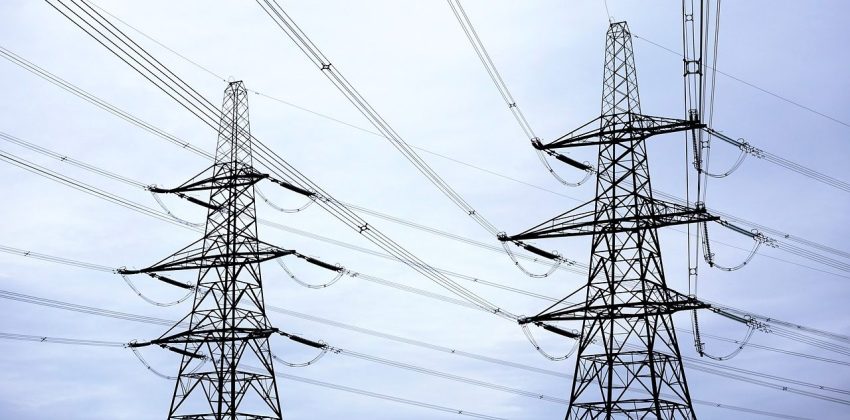“The near failure of the Texas power grid, coming just 4 minutes and 37 seconds from a complete collapse on February 14, 2021, was the first alarm bell that something was dreadfully wrong with US power grids,” writes Ed Ireland on Master Resource.
Another alarm bell has rung in the form of a new report by PJM, an organization that coordinates the wholesale electricity for a large region in the East. Says Ireland:
“[P]ower-grid operators have been speaking out about the increasing instability of their grids due to an over-weighting of non-dispatchable wind and solar power. A report on February 24, 2023, from the largest power grid in the U.S., PJM, warned of ‘increasing reliability risks’ affecting 13 states and the District of Columbia and 65 million people who get their power from PJM. This report is a wake-up call for all US power grids because most face the same grid instability problems highlighted in the report.”
Ireland quotes from the PJM report:
- The growth rate of electricity is likely to continue to increase from electrification coupled with the proliferation of high-demand data centers in the region.
- The projections in this study indicate that it is possible that the current pace of new entry (of electricity generation capacity) would be insufficient to keep up with expected retirements and demand growth by 2030.
- Thermal generators are retiring rapidly due to government and private sector policies as well as economics.
- PJM’s interconnection queue is composed primarily of intermittent and limited-duration resources.
The Charging Capacity Problem
Environmental groups are also aware of capacity shortages—not blaming renewable power but noting the challenge of widespread electric-vehicle charging. Last December, Jeff St. John of Canary Media cited a report that predicted “megawatt-scale” needs for electric-vehicle-charging networks in New York and Massachusetts. (Canary Media is a nonprofit journalism group dedicated to decarbonization.)
New York and Massachusetts “have committed to selling only zero-emissions passenger cars by 2035 and moving to emissions-free trucks by 2045 and 2050, respectively. Similar megawatt-scale needs are likely to arise for the EV fast-charging networks already being developed in EV-forward states such as California, and now being planned in all 50 states with billions of dollars of federal funding.”
“It takes only a few months to install EV chargers, but it takes years to approve and build major transmission grid extensions,” wrote St. John. “Only a handful of truly megawatt-scale charging hubs now exist, and some of them are already facing delays in getting the grid connections they need, whether in densely packed urban areas or at remote highway sites.”
Image by Andrew Martin for Pixabay.

